
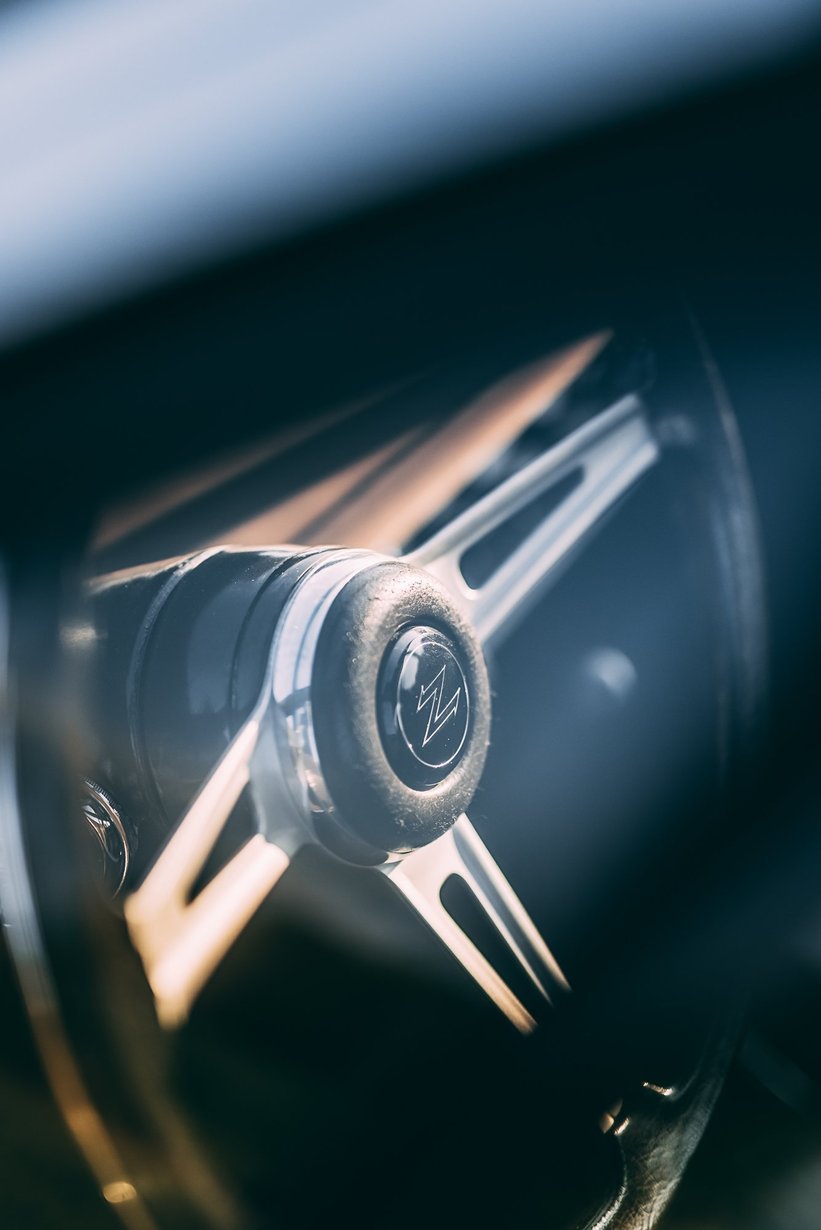
One of the many great things about Italy’s historic coachbuilding and design houses is that they didn’t have too much cash to throw around – meaning their prototypes often became the personal transport of their creators. The result is that cars which larger, wealthier firms might have cast aside once they had served their initial purpose often survived to become historic examples of automobile art.

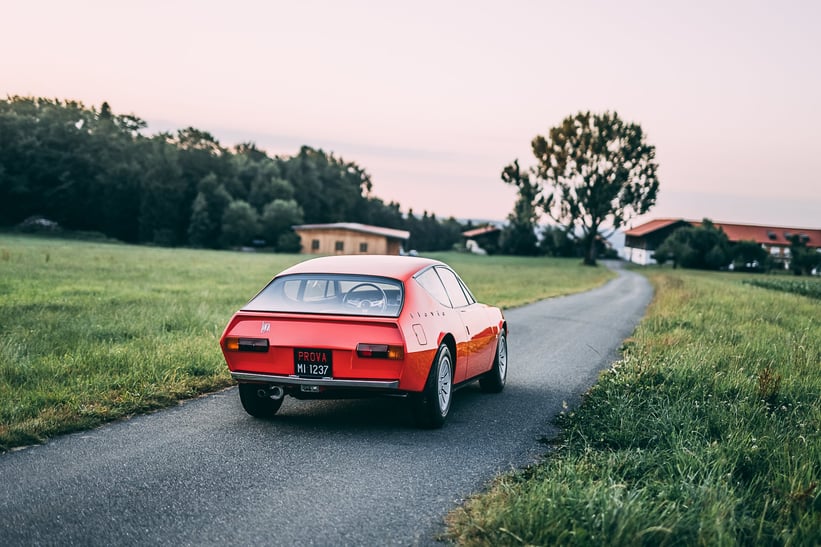
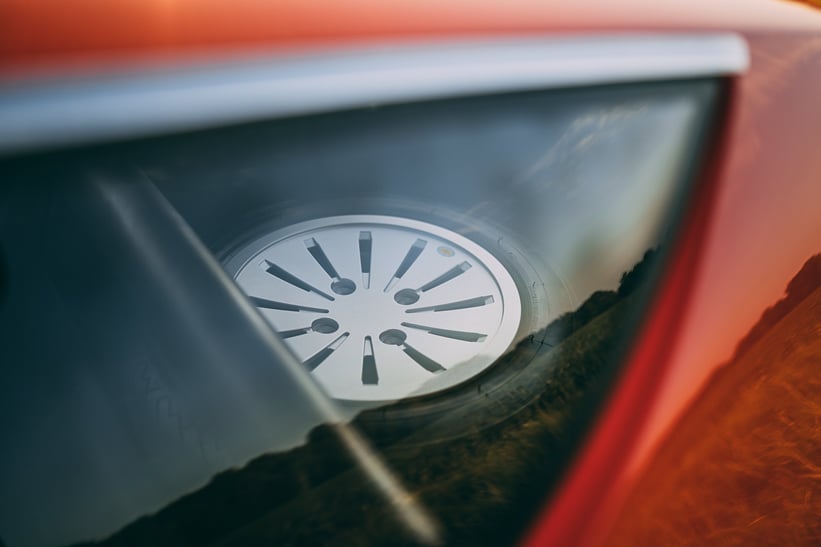
And that’s exactly the case with this spectacular Lancia Flavia SS Zagato which recently rolled into the showroom of Weekend Heroes, the Munich dealership run by Christophe Schmidt, former Olympic snowboarder and long-time friend of Classic Driver.

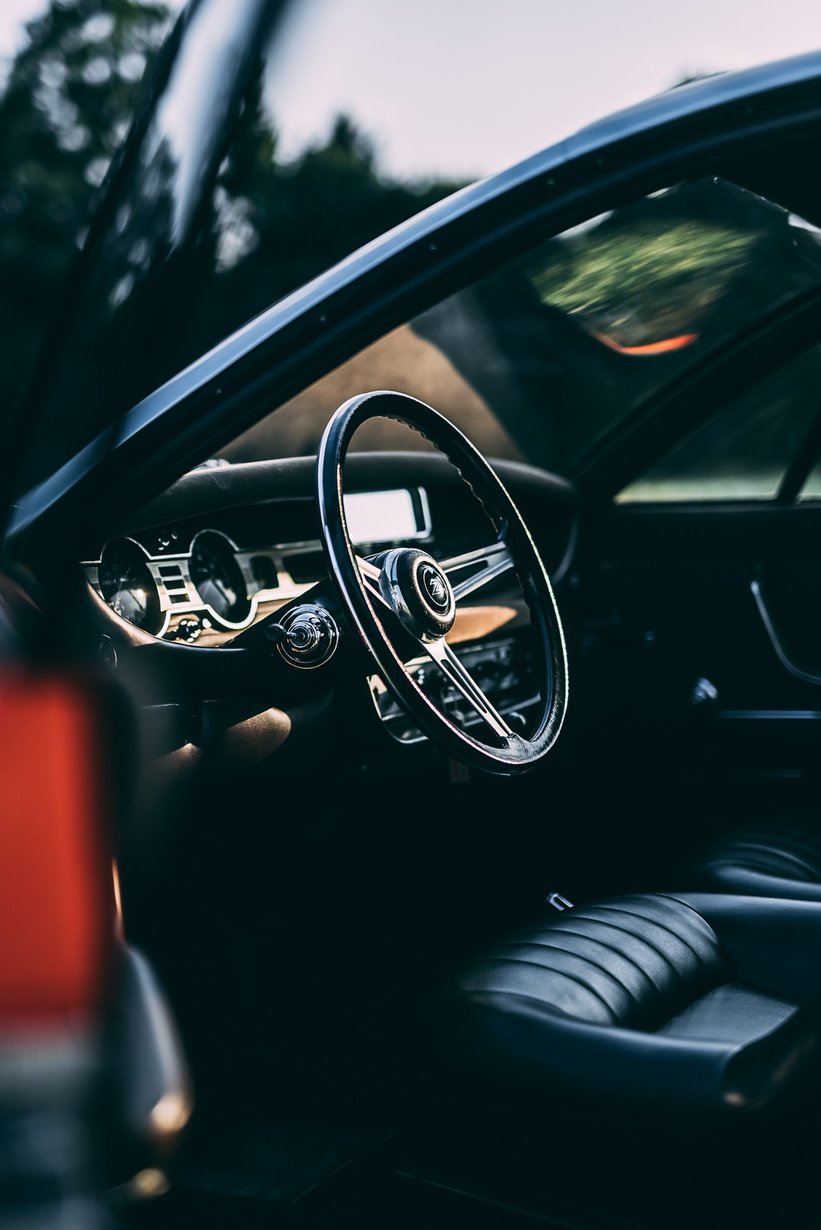
Lancia fans will be familiar with the Flavia executive saloon that was proudly unveiled at the Turin show in 1960, from which Pininfarina and Vignale quickly developed pretty coupe and convertible versions. Almost as quick off the mark was Zagato’s young chief designer Ercole Spada, who in 1962, at the age of just 25, penned the highly distinctive lines of the Flavia Sport Zagato, an all-alloy ‘special’ featuring a cut-away front grille, remarkable curved side windows that encroached into the roofline, and a gently lipped rear screen that hinged open to help cool the cockpit.
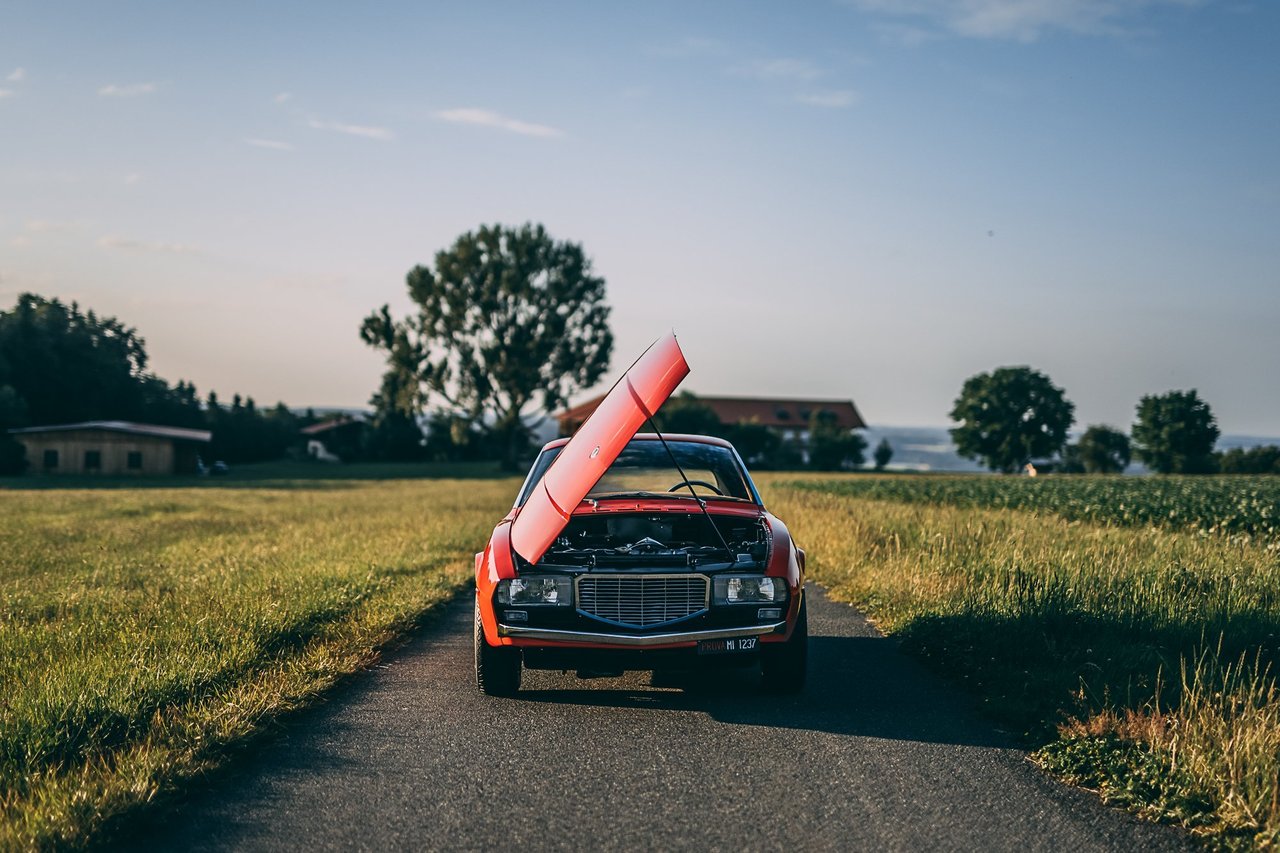

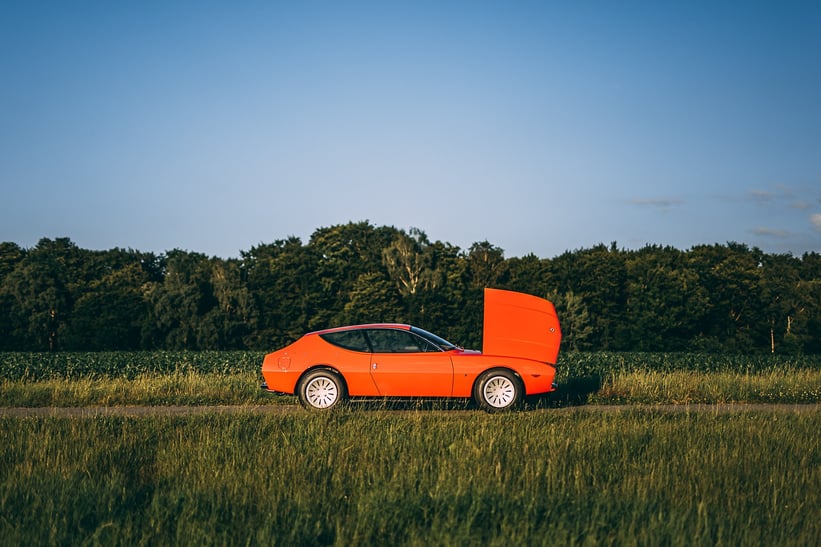
Initially powered by the saloon’s 1488cc horizontally-opposed flat four engine, later versions of the Flavia Sport got the uprated 1800cc unit with the final 32 of the 670 cars built also benefiting from fuel injection that pushed the top speed towards 200 kph. Production of the Flavia Sport Zagato came to an end in 1967 – but not before the ever-creative Spada had set-out to re-imagine it in the even more radical form of an ‘SS’ version, the one and only development prototype for which is the very car pictured here, while a second 2-litre prototype resides in the Lopresto Collection.
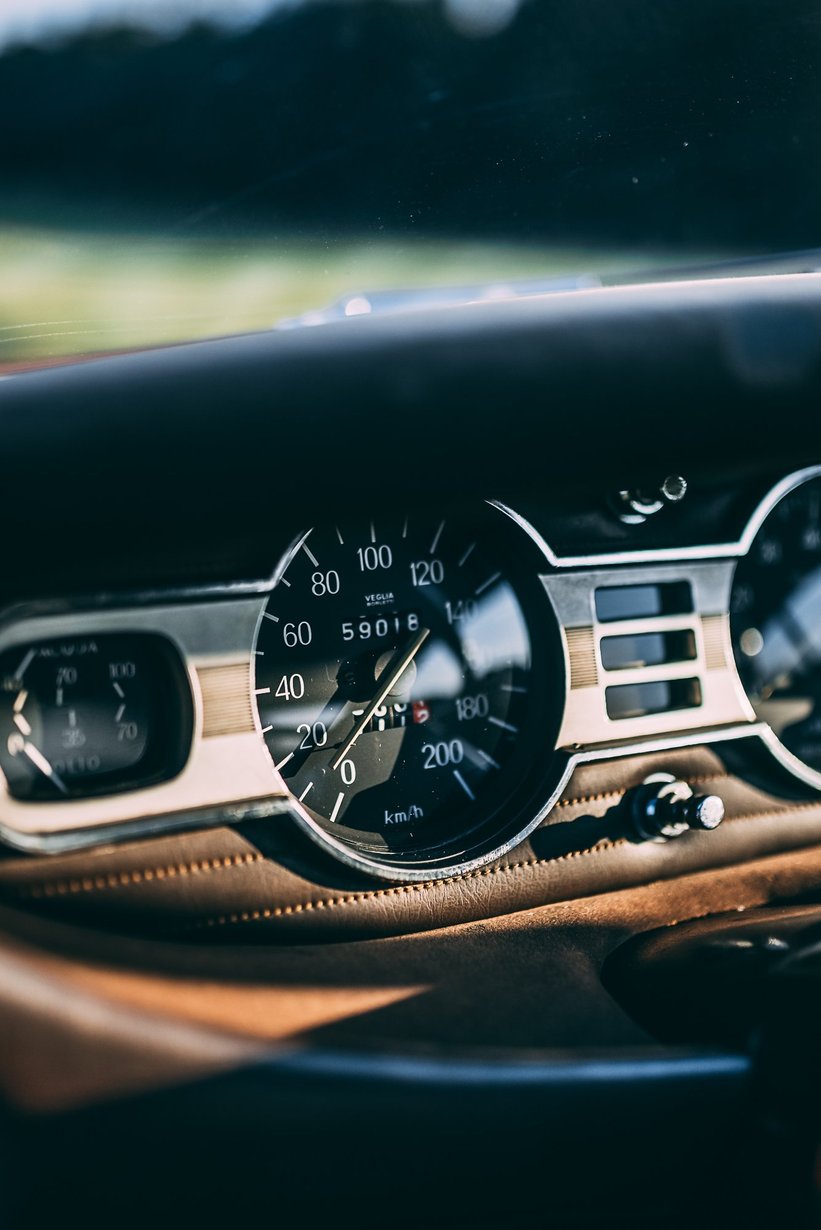
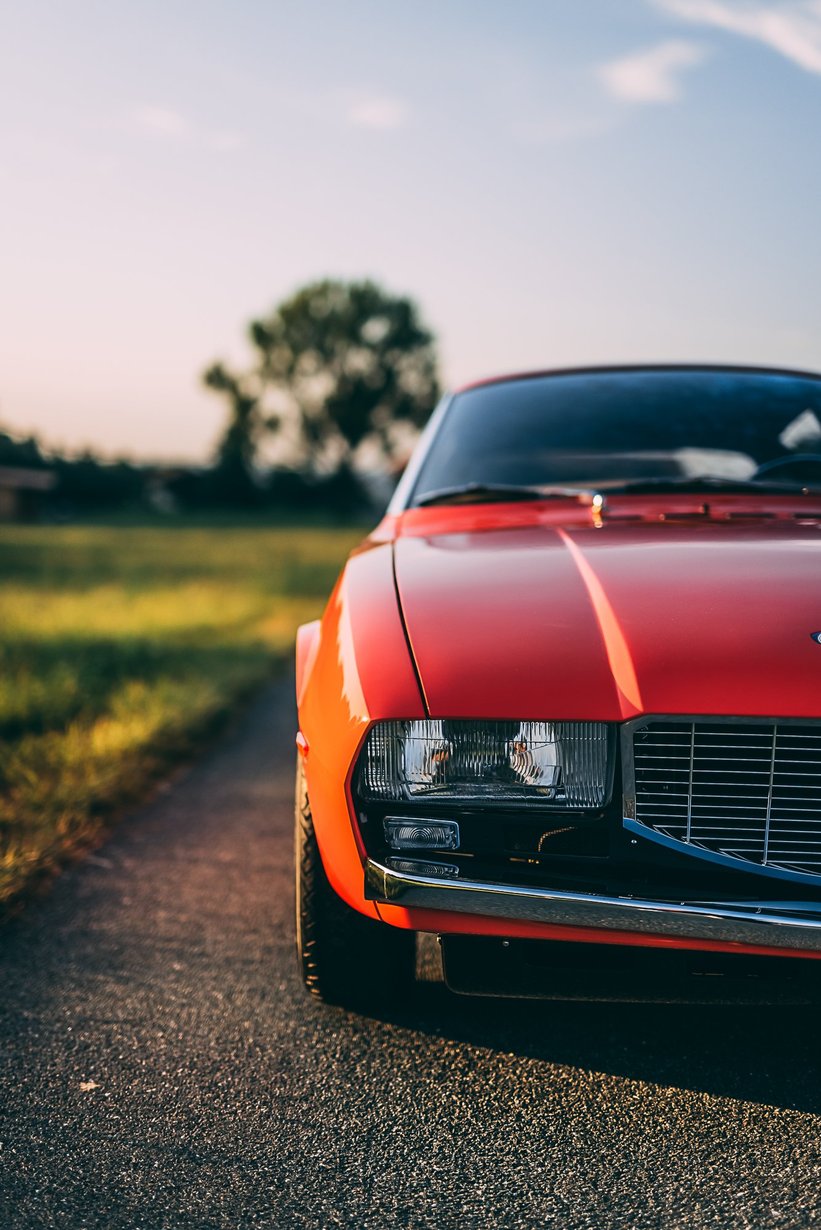
Used as a design and aerodynamic study for the proposed new model, the car was built on a shorter wheelbase than the Sport and wore bodywork that seemed to place it closer to the 21st century than the 20th. A curvaceous, slippery-looking wedge that, from some angles, looks Maserati Bora-esque and from others, perhaps, like a baby Alfa Romeo Montreal. The car was one of the first to be created without wraparound bumpers and even rolled on a set of futuristic-looking, turbine-like wheels that Spada specifically designed to suit it.
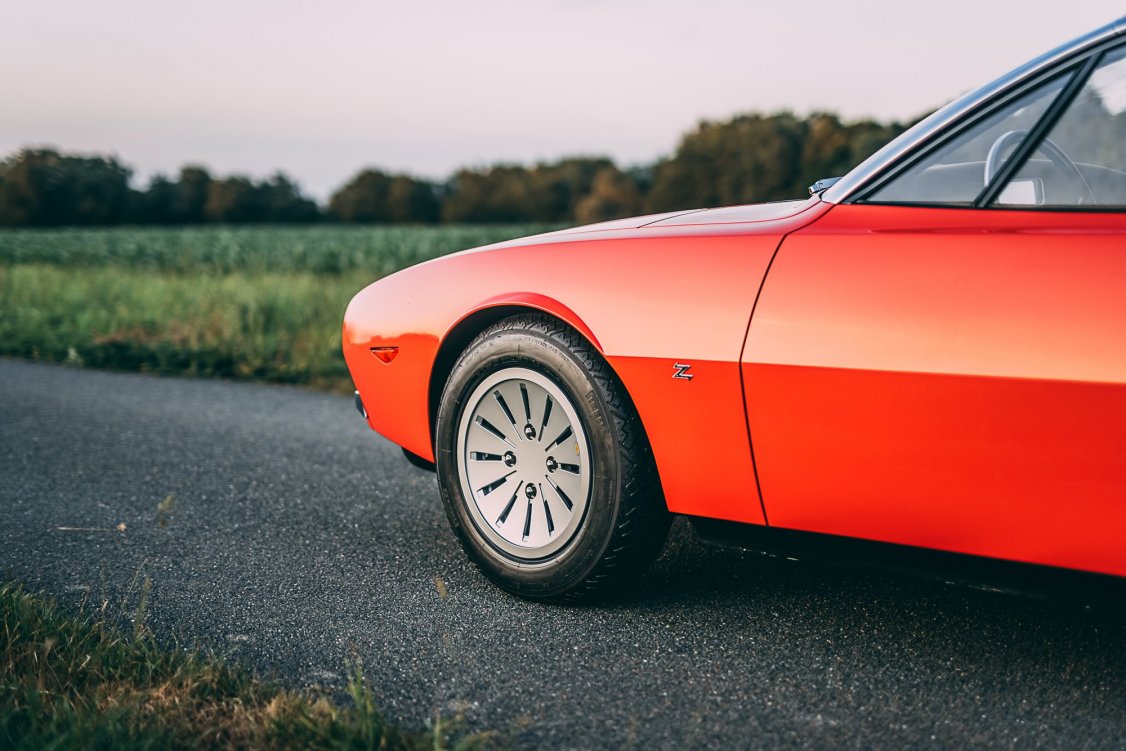


Famed for his minimalist approach, Spada kept flashiness at bay, only allowing himself two areas of bling: the first in the form of a brushed metal strip that rises from the A-pillars and runs to the furthest points of the side windows to highlight their almost leaf-like shape; and the second in the bold ‘Flavia’ script applied to the rear flanks in chrome letters of modernist font.
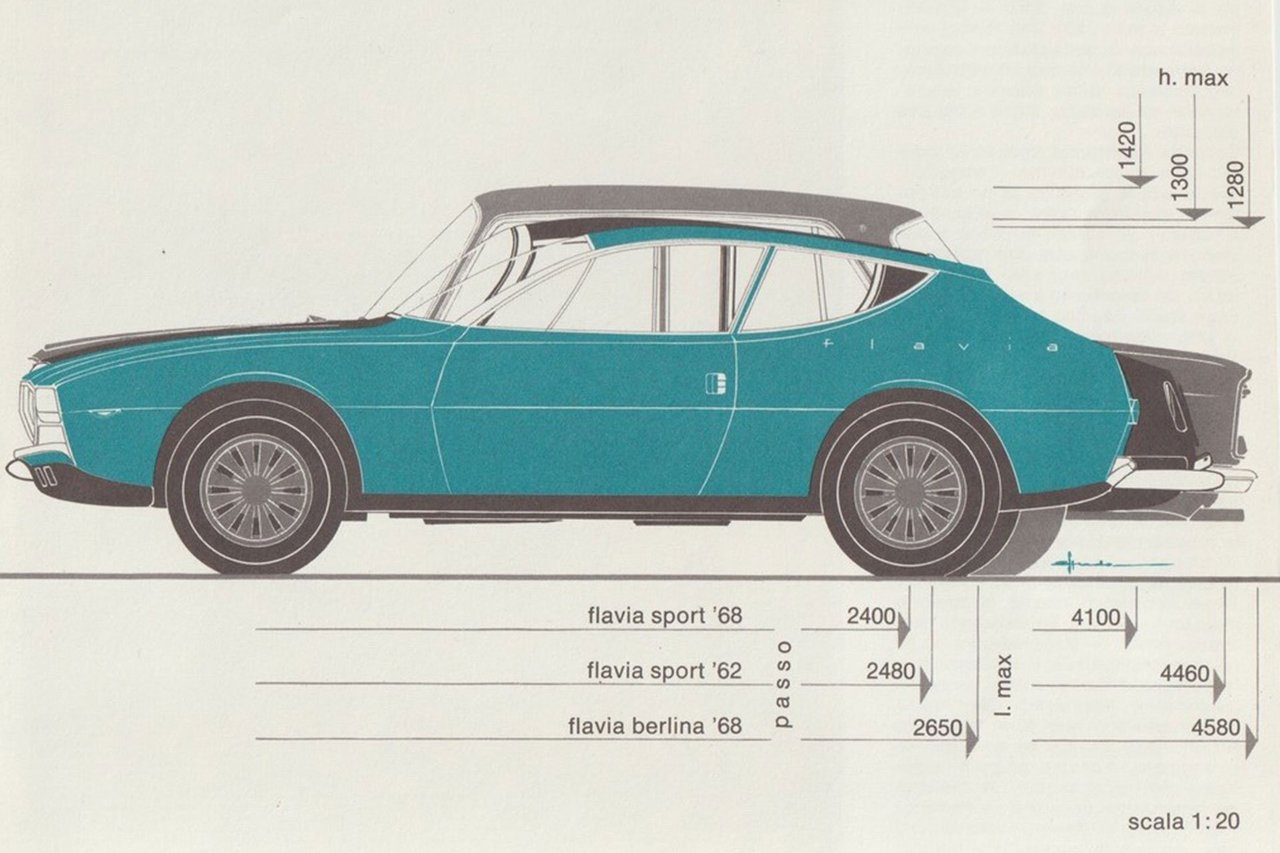
The car was so radical that it merited a 14-page article in a 1967 issue of Style Auto, complete with examples of Spada’s original design drawings. There were also illustrations comparing it to the Flavia saloon from which it had evolved, cutaway sketches to demonstrate the ergonomics of the interior and shots of the car being assessed for the efficiency of its aerodynamics – which led to extensive alterations to the tail and nose.


Much of the development testing was done by Elio Zagato himself, and the appearance of the ‘Super Sport’ as the star attraction on the Zagato stand at the 1967 Turin show demonstrated a clear intent that it should be offered as a coachbuilt production model. In the end, the car arrived just too late. Lancia was losing money fast and, with a takeover bid by Fiat just around the corner, it was going to take far more than the creation of an exotic special to maintain the firm’s independence.
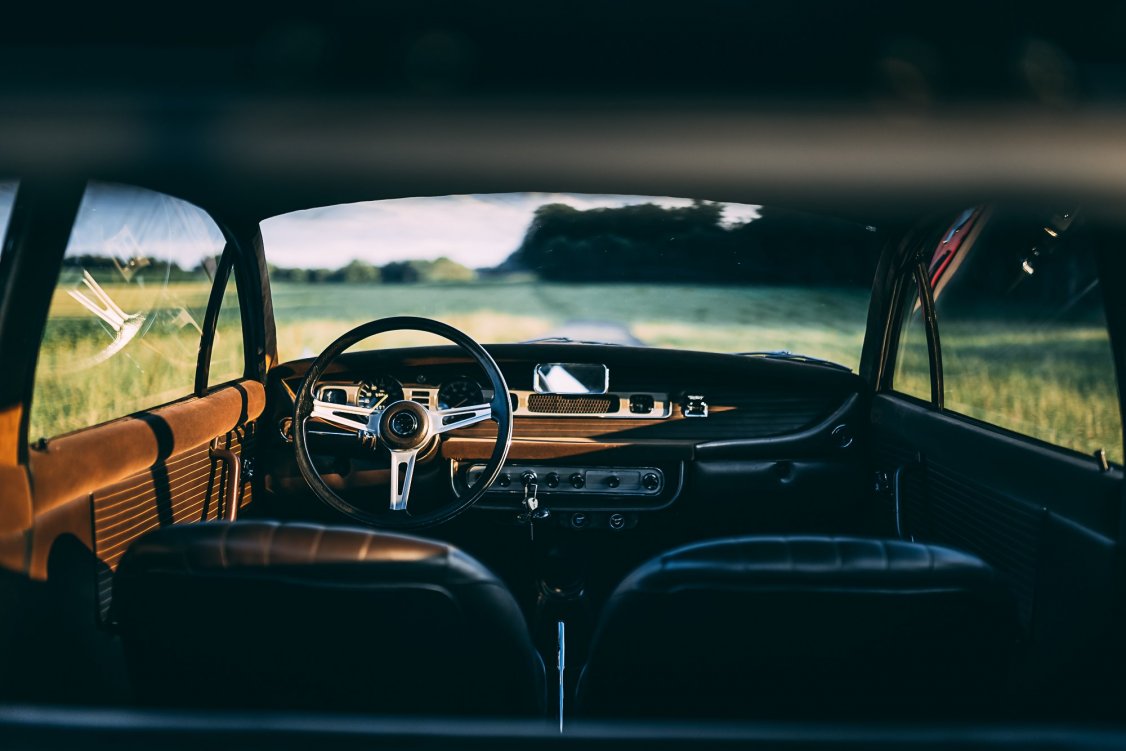
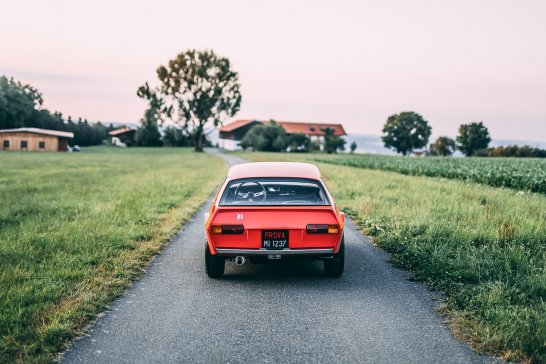

But so impressed with the car was Zagato (the man) that he kept it for his own personal use and drove it regularly throughout the next five years, before selling it to a Swiss enthusiast who cared for it up until 1998, when it moved to Germany and into the hands of its current and only third owner.
The car is now presented in truly superb condition, both as a result of having had a no-expense-spared body and mechanical restoration and because its original interior has remained almost perfectly preserved throughout the decades; simply to look inside is to be transported straight back to 1967. The body-hugging bucket seats and thick cross-brace between the rear suspension turrets hint that this is a car designed to be driven hard, yet the largish, three-spoke steering wheel, light-filled cabin, and beautifully trimmed and equipped dashboard also suggest that the SS might well be capable of some quick and comfortable touring too.


Those unique, Spada-designed wheels are still present and effortlessly deny their 55 years, and the bold ‘FLAVIA’ lettering is as of-the-moment as those applied to the backs of the latest cars from Bentley and Audi. But what really appeals to us about the one-off Flavia SS Zagato is that, despite its unique status, it looks like a car that one could actually USE. If you feel the same – and can handle the responsibility of looking after a true piece of Italian motoring history – Christophe Schmidt is waiting for your call.
Photos: Stephan Bauer © 2022 / Style Auto via Weekend Heroes































































